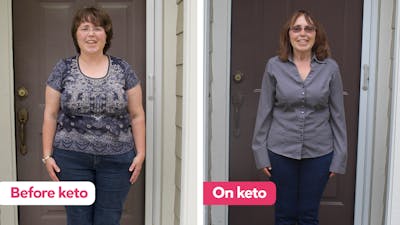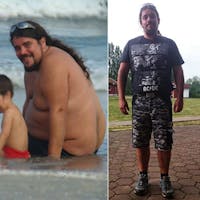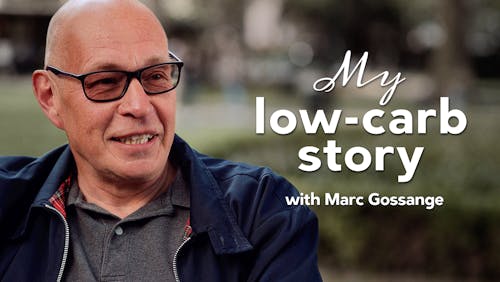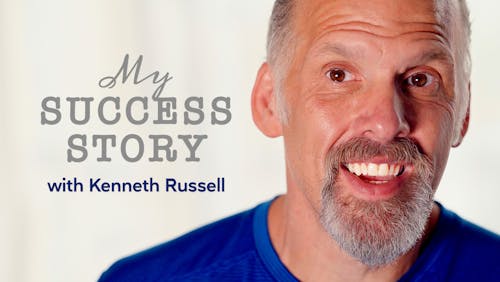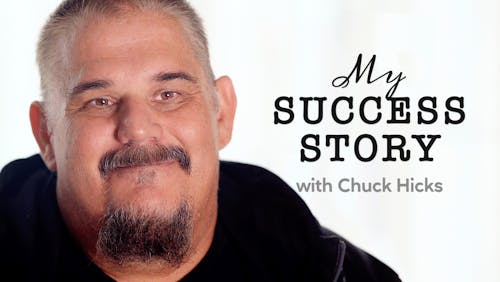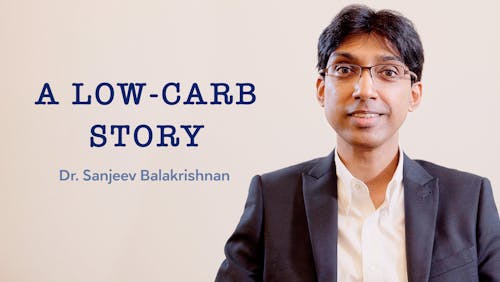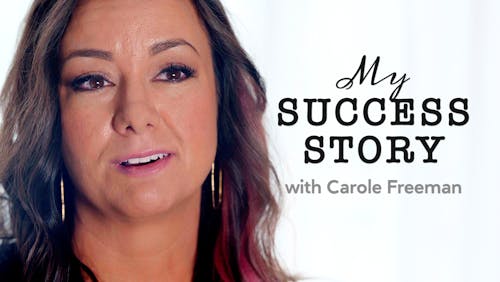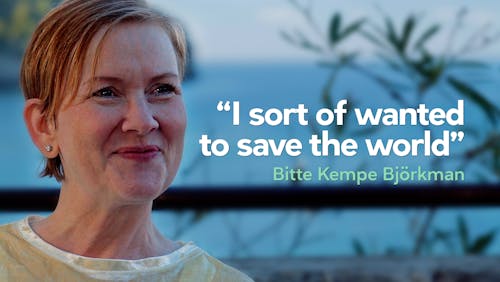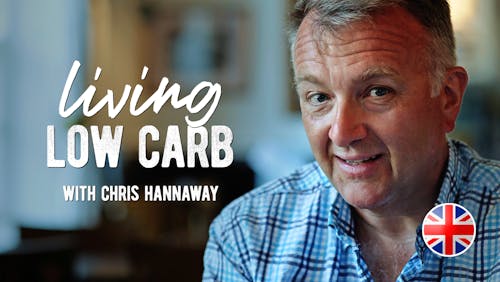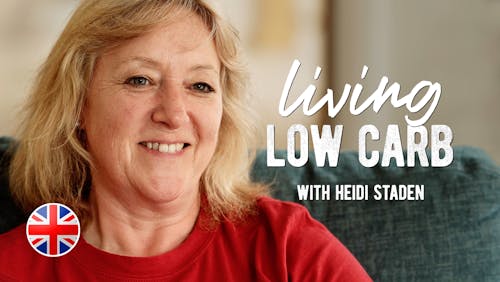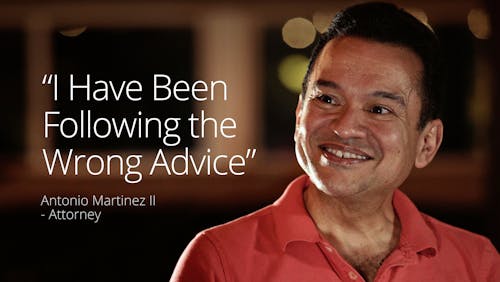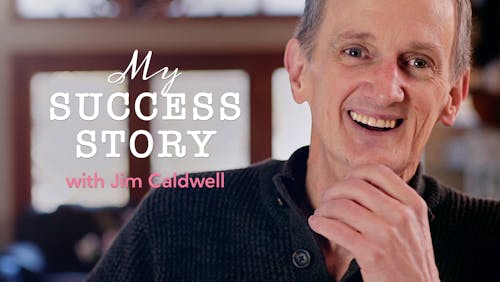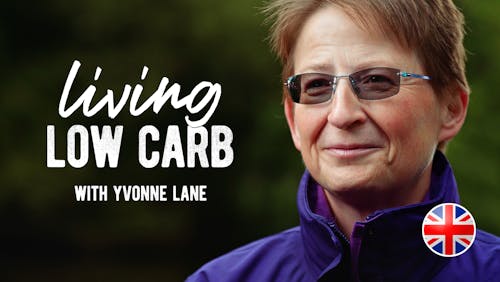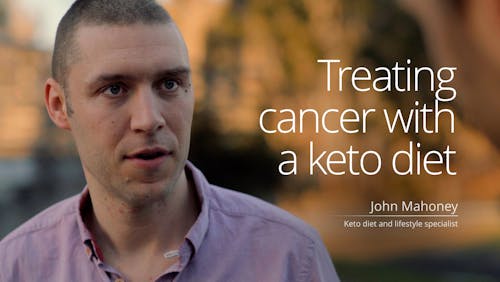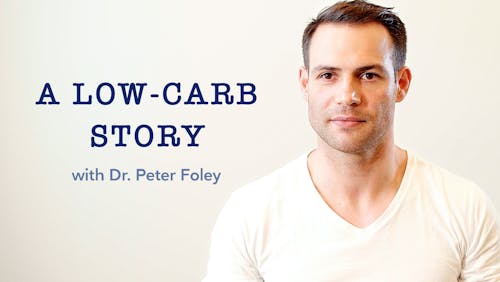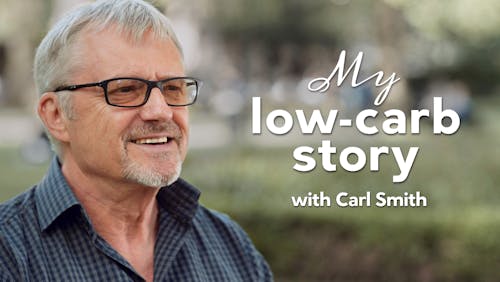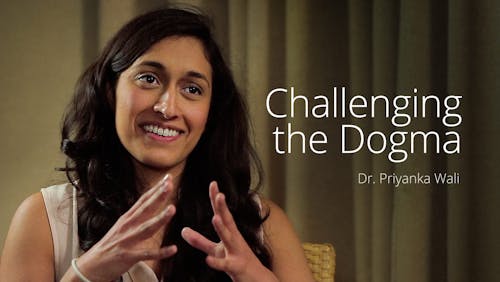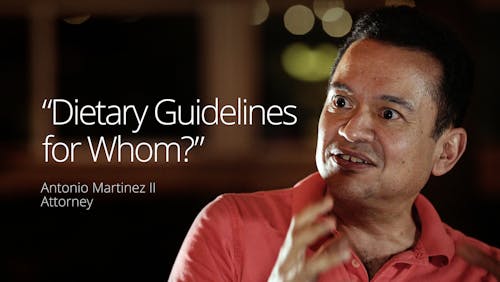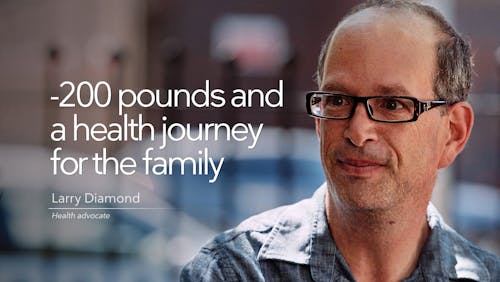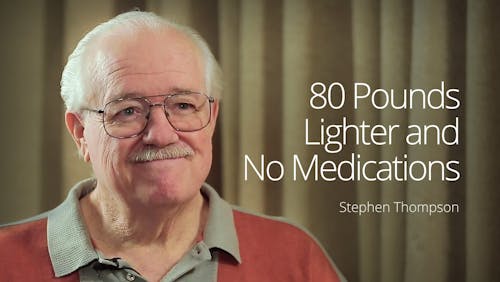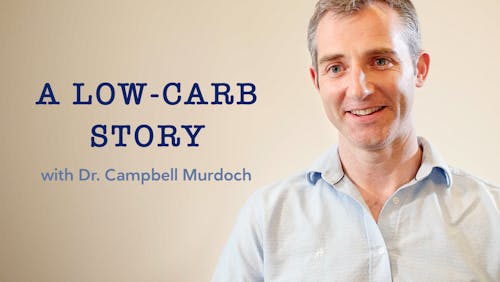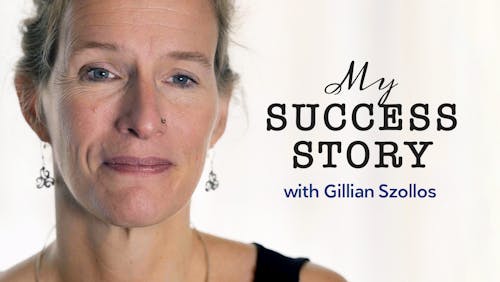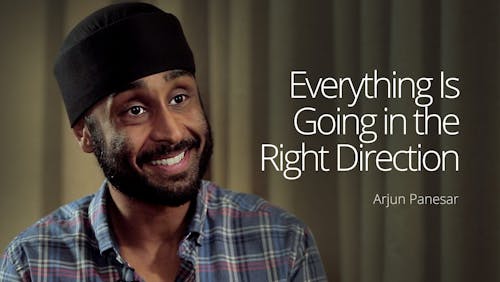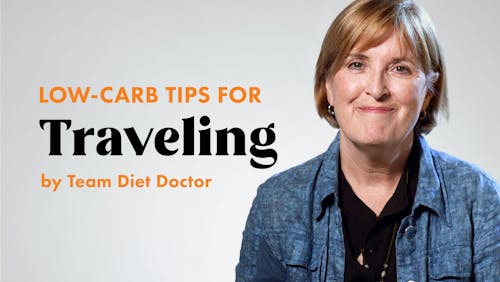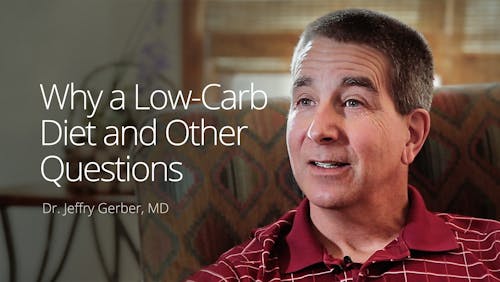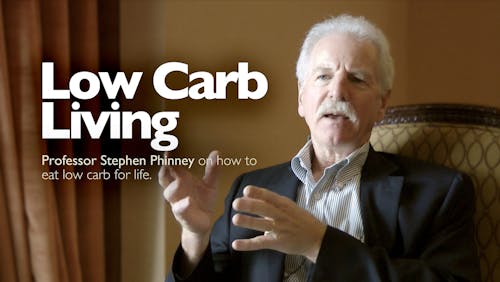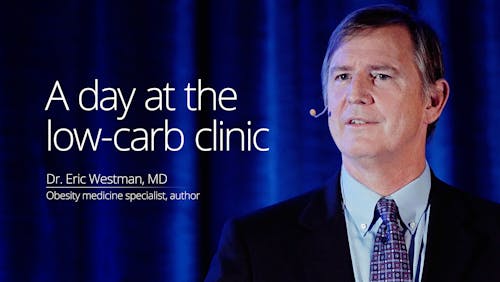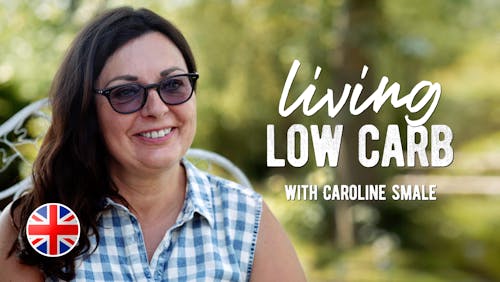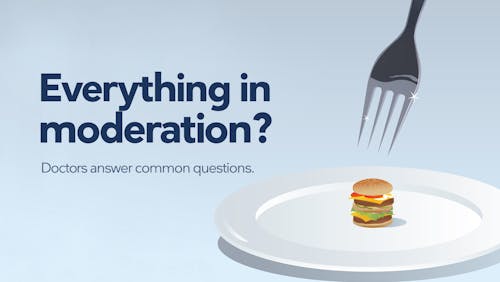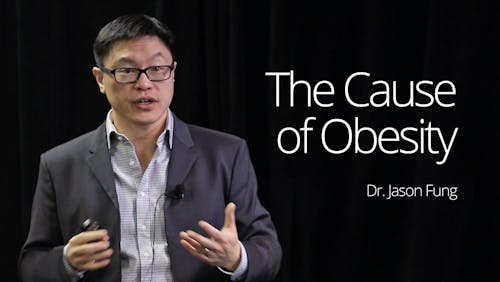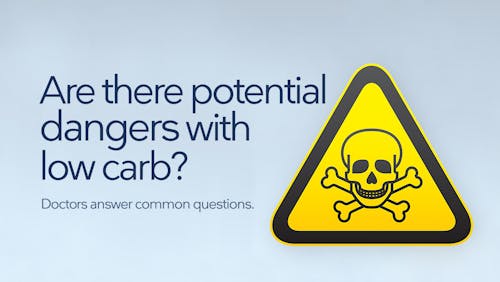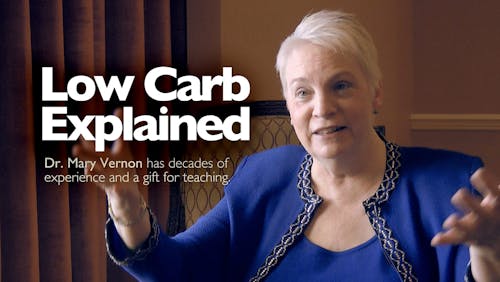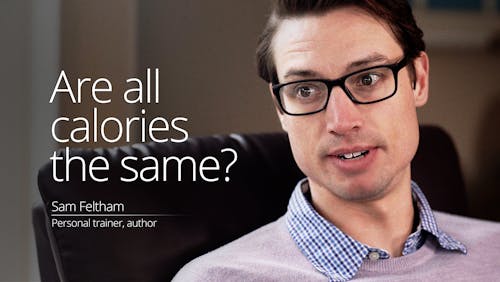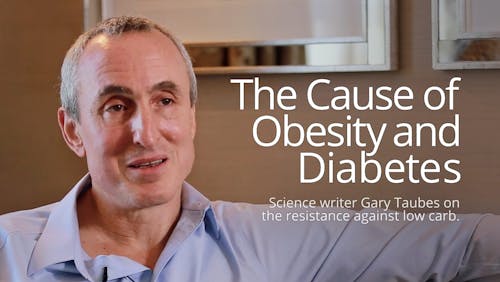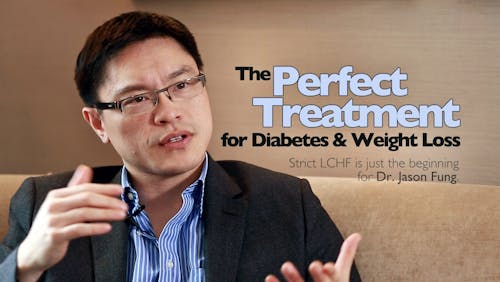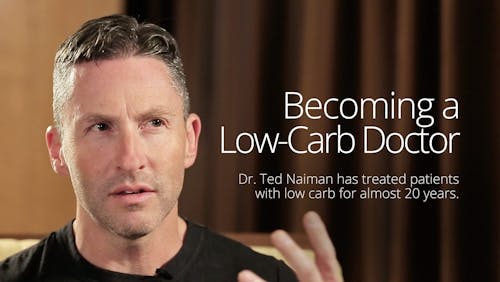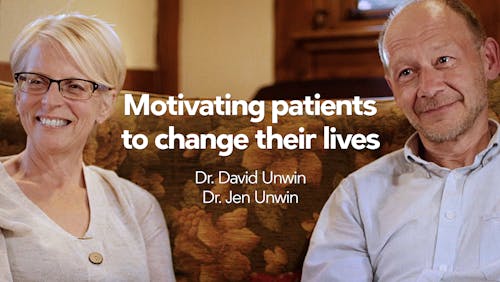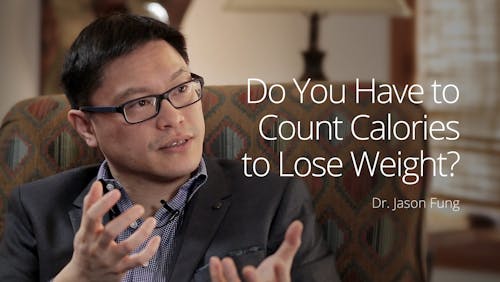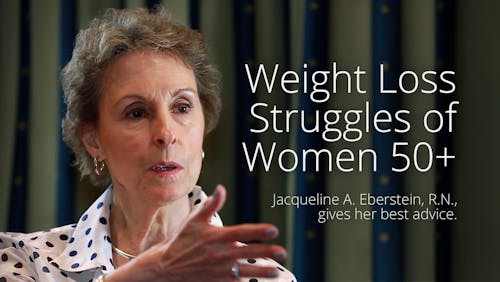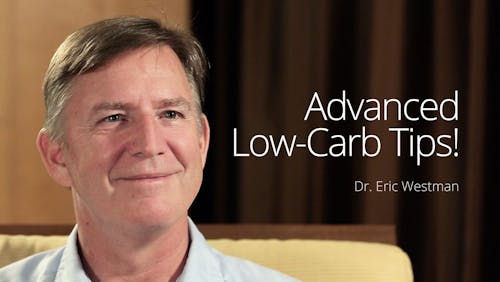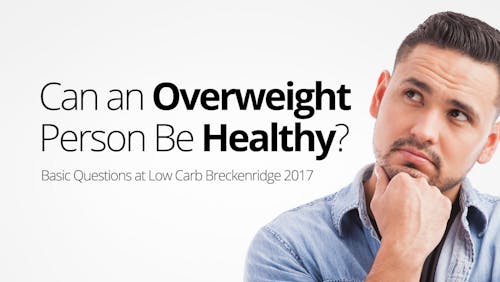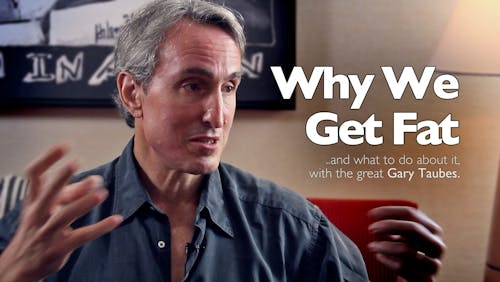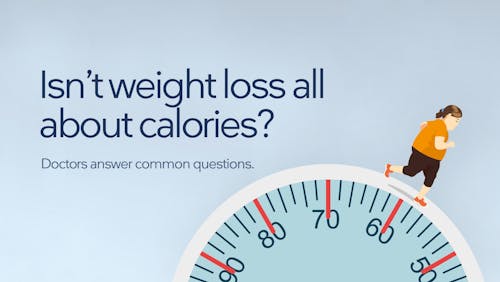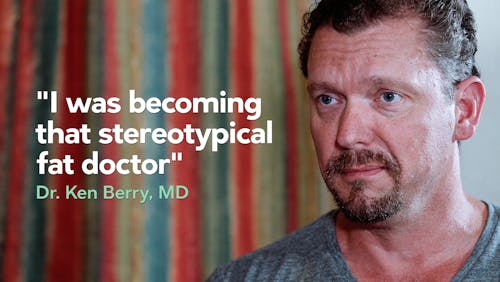Maintaining a loss of 100-plus pounds for 10 years with low carb and keto
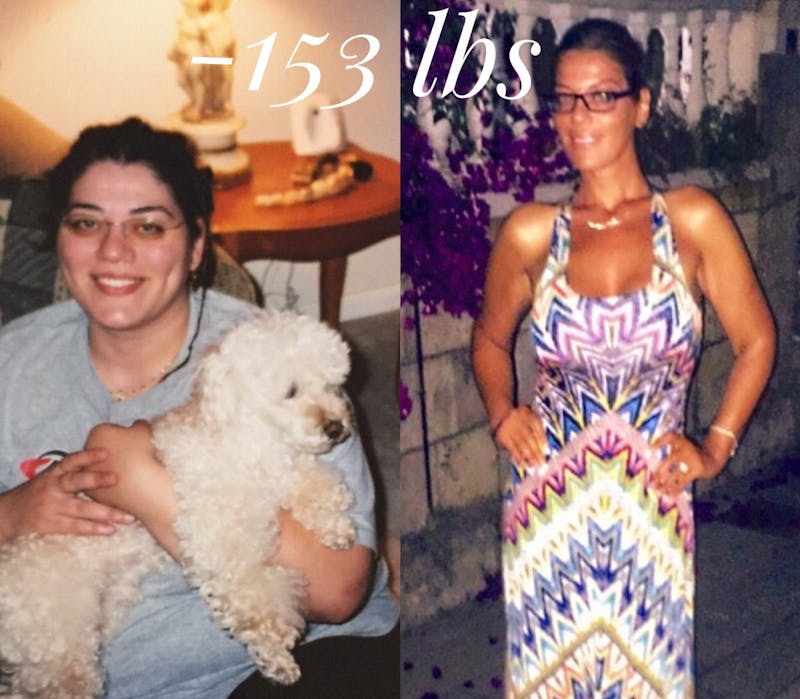
Age: 38
Height: 5’10” (182 cm)
Highest weight: 310 pounds (141 kg)
Current weight: 155 lbs (70.5 kg)
Growing up, Julie Georgiou developed an appreciation of healthy food at a very young age.
“I was raised in a house that always had fresh, nutritious food. I wasn’t big on sweets or snacks. My mother always prepared delicious Mediterranean cuisine,” Julie remembers. “We ate lots of salad and fresh vegetables and never had any junk food or fast food around.”
“I loved food and had a good appetite,” she says. “I was always the tallest in my class and big boned and a little chubby, but I was never really heavy as a child or in my teens.”
However, when she was about 22, she started gaining weight even though her diet and physical activity level hadn’t changed. In addition, she began to feel sick and had very little energy. In fact, many mornings she found it extremely difficult to get out of bed.
“I also started breaking out and having cystic acne on my face, and I’d never even had a pimple, even as a teenager. Then I developed hives and other issues with my skin. It was a very tough time,” she recalls.
“My PCP really wasn’t helping me. She just told me I just needed to lose weight because I must be eating too much,” says Julie, sadly.
So she decided to take matters into her own hands and see another doctor, a highly regarded endocrinologist recommended by her insurance company.
“This specialist told me I had hypothyroidism and also had polycystic ovarian syndrome (PCOS), and this was why I was gaining weight, feeling tired, and having all these other issues. He said he was going to give me medication that would correct the problem so I could lose weight and feel like myself again.”
But despite taking the thyroid medication as prescribed and eating what she believed was a healthy, low-fat diet rich in whole grains and fruit, she didn’t lose weight. In fact, she continued to gain.“I was becoming more and more upset because every time I saw the doctor, he would tell me I just had to keep taking the medication and I would get better, but that I needed to be patient. But instead I got worse and worse over time, putting on more weight and just feeling terrible and hopeless.”
Over the next three years, Julie’s weight continued to climb until she reached her all-time-highest weight of 310 pounds (141 kg). Finally, when the specialist accused her of not doing all she could to manage the condition, Julie had had enough. She found another doctor, who ran tests and immediately diagnosed her with the autoimmune condition Hashimoto’s thyroiditis. He then placed her on the appropriate type and dosage of medication.
“It was like night and day,” says Julie. “My skin and other symptoms started improving. I began to feel better and finally started to believe I could be healthy and happy again.”
Going low carb
In 2006, at the age of 26, after several months of treatment, her new doctor confirmed that her thyroid function was optimized and that she had recovered from the previous treatment. “He told me, ‘Okay, Julie, you can now start dieting so you can lose weight.’” However, he warned her that it could take quite a while, given all that her body had gone through the past several years.
“I’d heard about low-carb diets but I didn’t really know much about them,” Julie admits. “Prior to that, I had tried Weight Watchers, Jenny Craig, and similar programs. None of them worked for me because if I ate even a small amount of brown rice or something, I craved more, and it drove me to eat more, never feeling full or satisfied.” Moreover, having done her own research on gluten’s connection to autoimmune diseases like Hashimoto’s, she was ready to give it up for good.
When she went to the bookstore and asked about low carb, the saleslady directed her to the Atkins diet books.
“I read Atkins and followed low carb, but I kind of modified it to make it work for me,” Julie says. Rather than following the induction phase that restricts carbs to less than 20 grams per day, she simply cut out all whole grains, oatmeal, sugar, and other high-carb foods, including most fruit. In addition, she started reading labels religiously.
“Going to the store was no longer just a short trip. I’d spend a couple of hours reading labels for ingredients and looking at carb counts to make sure I was getting the right foods in the right amounts.”
And although her doctor had cautioned her that weight loss might be slow, within one year, Julie lost an impressive 110 pounds (50 kg). “I was amazed at how quickly and easily the weight came off,” she remembers, smiling. “And by that time, I had gotten married to my husband, and I was able to get into a beautiful wedding dress, which was another celebration for me.”For the next six years, she maintained the weight loss, despite a somewhat more relaxed approach to her diet and activity due to frequent traveling and eating out with her husband. However, she wanted to lose more.
“I decided to start working out and get stricter with my diet again in order to get down to a weight where I really felt comfortable, especially in a bikini. So I hit the gym seriously, hired a personal trainer, and lost another 30 pounds (13.6 kg). And I was finally so happy with the way I looked and felt. I realized that I truly loved working out and eating right.”
Everything went well for a few years until 2015, when she had a severe knee injury at the gym.
“All of a sudden, I was back in bed again. That was really disappointing and led me to become very depressed because I was spending even more time in bed being very inactive, and I just felt awful.”
Then she was dealt another blow when her husband was diagnosed with type 2 diabetes and placed on three medications to control his blood sugar.
“I was just really stressed and depressed, so I kind of used chocolate and similar foods to comfort myself, just like any other addict. And after a few months, I had gained about 18 pounds (8.2 pounds) back. I was just so miserable because of not being able to work out and these health problems my husband and I were dealing with. And I thought food was my friend, but it wasn’t,” she says.
By the spring of 2016, Julie had decided to dedicate herself to getting healthy again. However, although she tried going back to low carb and working out at the gym, she wasn’t seeing the kind of results she wanted. Additionally, her husband’s doctor had told her that he needed to lose weight by following a strict diet. So Julie started reading and watching YouTube videos, where she found the ketogenic diet. She began researching keto and its benefits for weight loss and diabetes.
“I was intrigued that such a high-fat approach could work, having done high-protein, low-carb for years. But I thought my husband and I should give it a try.”
So on May 1, after taking a couple of months to prepare, she and her husband began following a keto diet, and they haven’t looked back.
“We love this way of eating,” says Julie, excitedly. “We haven’t cheated yet and have no plans to.”
Not only did she lose the 18 pounds (8 kg) that she had regained while recovering from injury and illness, but she lost even more, getting down to her current weight of 155 pounds (70.5 kg). Additionally, she feels better than she has in years.
“I’m so passionate about this way of eating,” she says. “I want everyone to know about it. My husband is off his diabetes medications, and the last time he was checked, he was told he was diabetes free. He’s lost 35 pounds (16 kg), or maybe even more by now. Our skin looks younger than ever. I mean, we glow! We have more energy and just feel amazing. If we can do this with food, why shouldn’t we? It’s a no brainer.”
A typical day of eating for Julie
After gym (6:00 am):
Half gallon of water.
Breakfast (8:00 am):
Bulletproof coffee made with heavy whipping cream and Kerrygold butter or coconut oil.
Lunch (2:00 pm):
Fresh meat, fish, or eggs; salad with extra virgin olive oil; nonstarchy vegetables, such as green beans, bell peppers, mushrooms, or eggplant.
Snack (5:30 pm):
Black coffee. A few walnuts, Brazil nuts, or macadamia nuts.
Dinner (8:30-9:00 pm):
Soup, eggs and tuna, OR one of the healthy homemade keto desserts she shares on Instagram.
“The bulletproof coffee keeps me satiated until my first solid meal. I cook everything fresh at home, and I portion control everything and even travel with my scale. We’re blessed with fresh greens here in Greece, so I always have a salad with my first meal. I also have half an avocado in my salad, but not all the time, because it’s more of a treat for me. I sometimes eat berries, but only an ounce (28 grams) or less.”
Her daily exercise regimen is very structured and consistent.
“I really thrive on routine. I work out five days a week, starting at 6:00 am. I begin with 20 minutes of walking and stretching, then elliptical or treadmill for 30-45 minutes, then weight training for 30-35 minutes, and finish with Pilates for about 30-40 minutes.”
She realizes that this is more activity than most people may want to do or be capable of doing but says, “Over the years, I’ve worked up to it. I’m used to it, and I never have trouble getting through my workouts, especially now that I eat keto. And I take weekends off,” she laughs.
Julie admits that she did briefly experience a decrease in energy a few years before her injury.
“A few years ago, I was going through a tough time and wasn’t eating enough. My weight dropped to about 7 pounds (3 kg) lower than I am now. I was always cold and fatigued. I feel so much better eating enough and being a few pounds heavier. I’m older now, but stronger and healthier than ever!”
In addition, Julie has converted several people in her life to the ketogenic diet, including her dad and my brother.
“They saw the benefits of what we were doing, and now they’re both seeing major benefits. My brother just started, but since August my dad has lost 24 pounds (11 kg) and feels fantastic.”
Her best tips
These are Julie’s tips for people who want to successfully maintain major weight loss forever:
- You need to have a purpose. “If you don’t have a purpose and just want to try it out for a while, you won’t have long-term success. You need to see this as a permanent lifestyle change,” advises Julie. She also recommends getting checked out by your doctor to make sure there aren’t any underlying problems that could interfere with weight loss or lead to future health issues.
- Realize that food addiction is real. “You need to stay away from temptation. Make sure to set your priorities straight. If you’re part of a group that goes to a pizza parlor every weekend, that won’t work. Tell people that you’re doing this for your health. Don’t try to please others,” she warns.
- Carry something with you at all times. “Right now as we speak, I have a bag with Brazil nuts and walnuts. You never know how long you’ll be out, and if you start getting hungry, you need to have something keto-friendly on hand just in case there’s nothing around.”
You can follow Julie on her Instagram account @ketoismymotto and on her soon-to-be-published website.
Long-term weight loss
Do you want to read more long-term weight-loss stories, and how people have successfully managed it? Here are our three most popular posts:
Losing weight
For more tips on losing weight long term, have a look at this guide:
Try a keto diet yourself
Sign up for our free 2-week keto low-carb challenge!
More
More success stories
Success stories
Low-carb basics
Weight loss advice
Share your story
Do you have a success story you want to share? Send your information, plus before and after photos, to success@dietdoctor.com. It would also be greatly appreciated if you shared what you eat in a typical day, whether you fast etc. More information:
Share your story!


